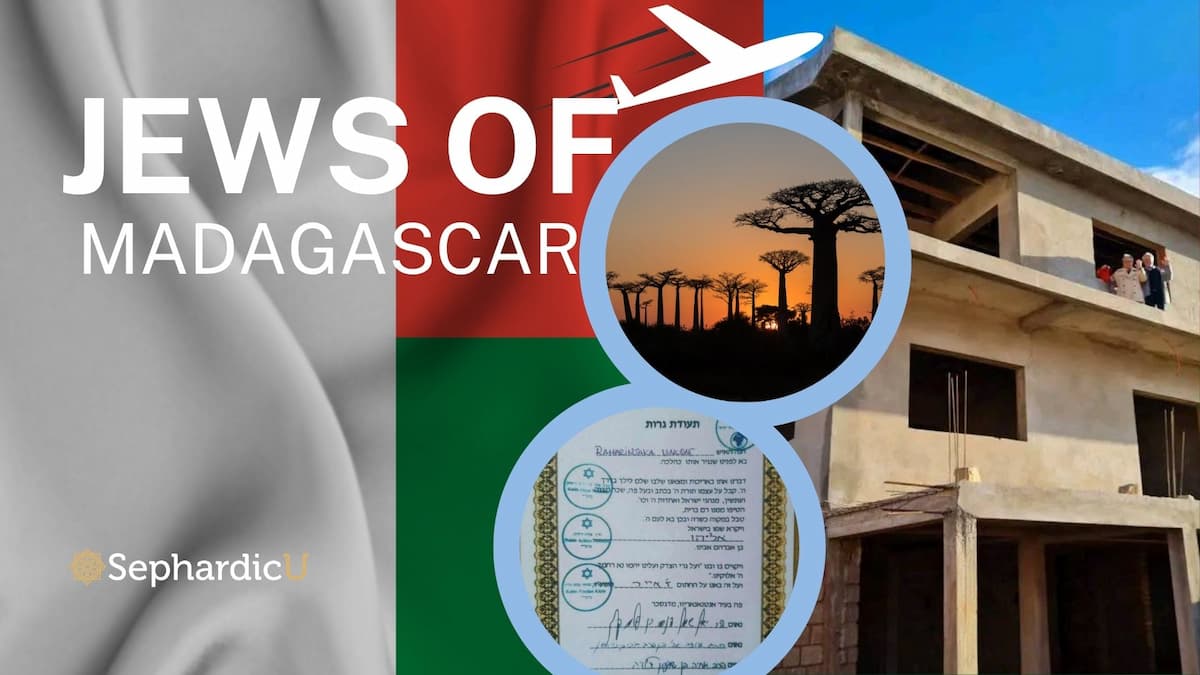Impact of the Expulsion from Spain (1492) on Sephardic Jews Migration Routes and Cultural Adaptations in New Regions
The expulsion of Sephardic Jews from Spain in 1492 marked a pivotal moment in history, precipitating a diaspora that reshaped cultural and culinary landscapes across North Africa, the Ottoman Empire, and the Mediterranean. This forced migration not only scattered Sephardic communities but also catalyzed the evolution of Sephardic cuisine, blending Spanish Jewish culinary traditions with new local ingredients and cooking techniques.
Impact of the Expulsion from Spain (1492) on Sephardic Jews
The expulsion of Sephardic Jews from Spain in 1492 led to a diaspora that reshaped cultural and culinary landscapes across North Africa, the Ottoman Empire, and the Mediterranean. This scattering of Sephardic communities catalyzed the evolution of Sephardic cuisine. In Morocco, Sephardic Jews integrated their Spanish culinary heritage with North African flavors, incorporating spices like cumin, paprika, and saffron into dishes such as tagines and savory pastries like burekas. This adaptation sustained cultural identity and enriched local gastronomy with new flavors and techniques.
Meanwhile, in the Ottoman Empire, Sephardic communities found a new culinary palette in Turkish cuisine. They adopted aromatic herbs such as mint and dill, developed rice dishes like pilafs, and mastered slow-cooked stews in clay pots. This culinary exchange between Sephardic Jews and Ottoman Turks not only enriched both cultures but also gave rise to a distinctive Ottoman Sephardic cuisine that persists today.
Migration Routes and Cultural Adaptations in New Regions
The expulsion of Sephardic Jews from Spain in 1492 catalyzed a transformative journey, where adaptation to new lands and cultures extended beyond survival to a profound culinary evolution. Sephardic Jews embarked on diverse migration routes across the Mediterranean basin, each contributing to the evolution of their culinary traditions. In Greece and Italy, Sephardic communities adapted Mediterranean staples such as olive oil, fresh herbs, and seafood into their dietary laws. This adaptation assimilated local ingredients and fostered a rich culinary synthesis that celebrated both cultural diversity and shared heritage.
This historical narrative underscores the resilience and creativity of Sephardic communities in preserving their identity through the art of food, creating a lasting legacy of Sephardic cuisine adaptation after 1492 that continues to inspire and delight today.
Ready to explore more of Sephardic cuisine? Continue reading with our next section: Key Ingredients of Sephardic Cuisine








Ohr HaChaim Yomi – Emor